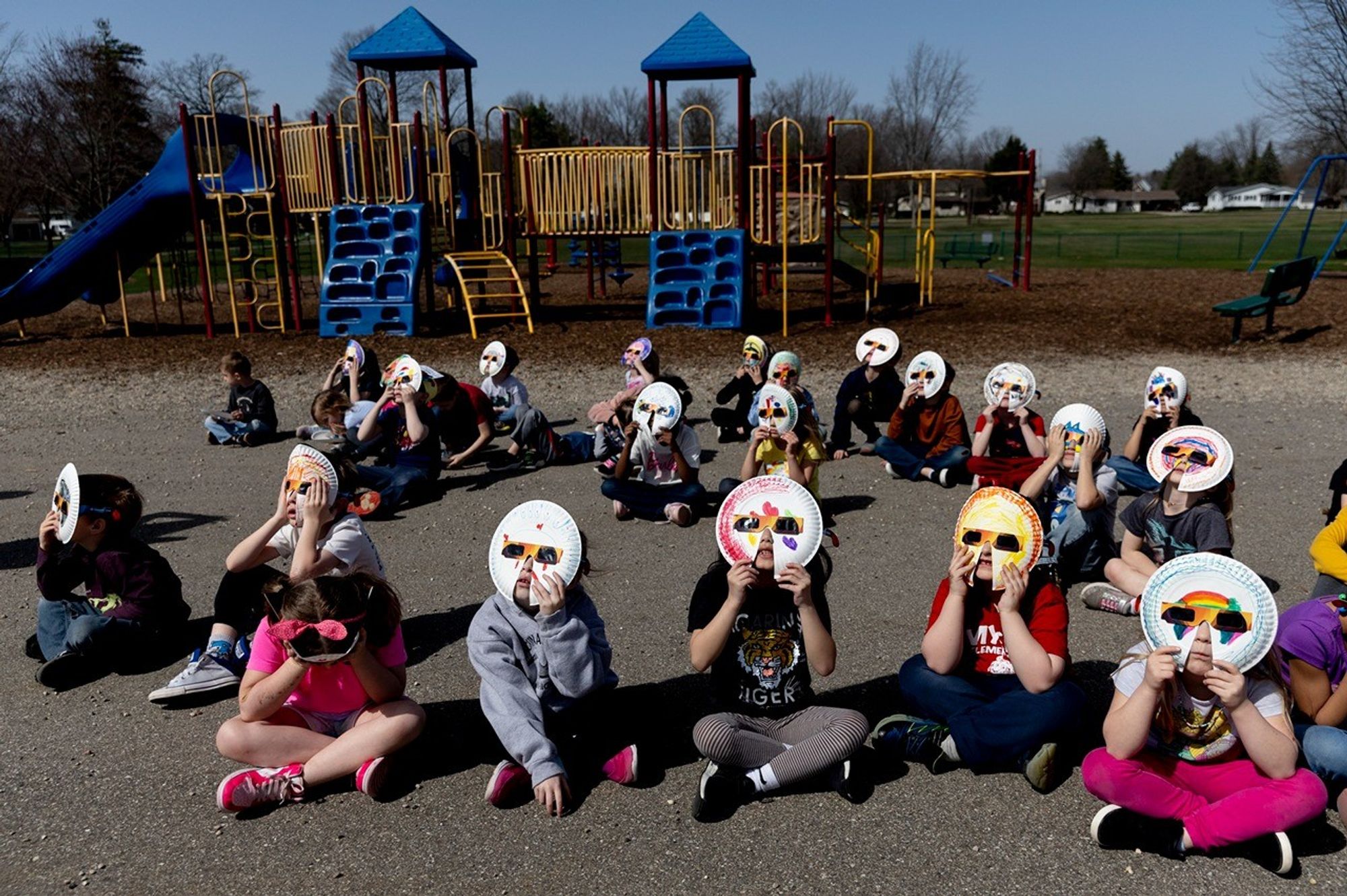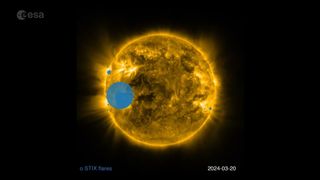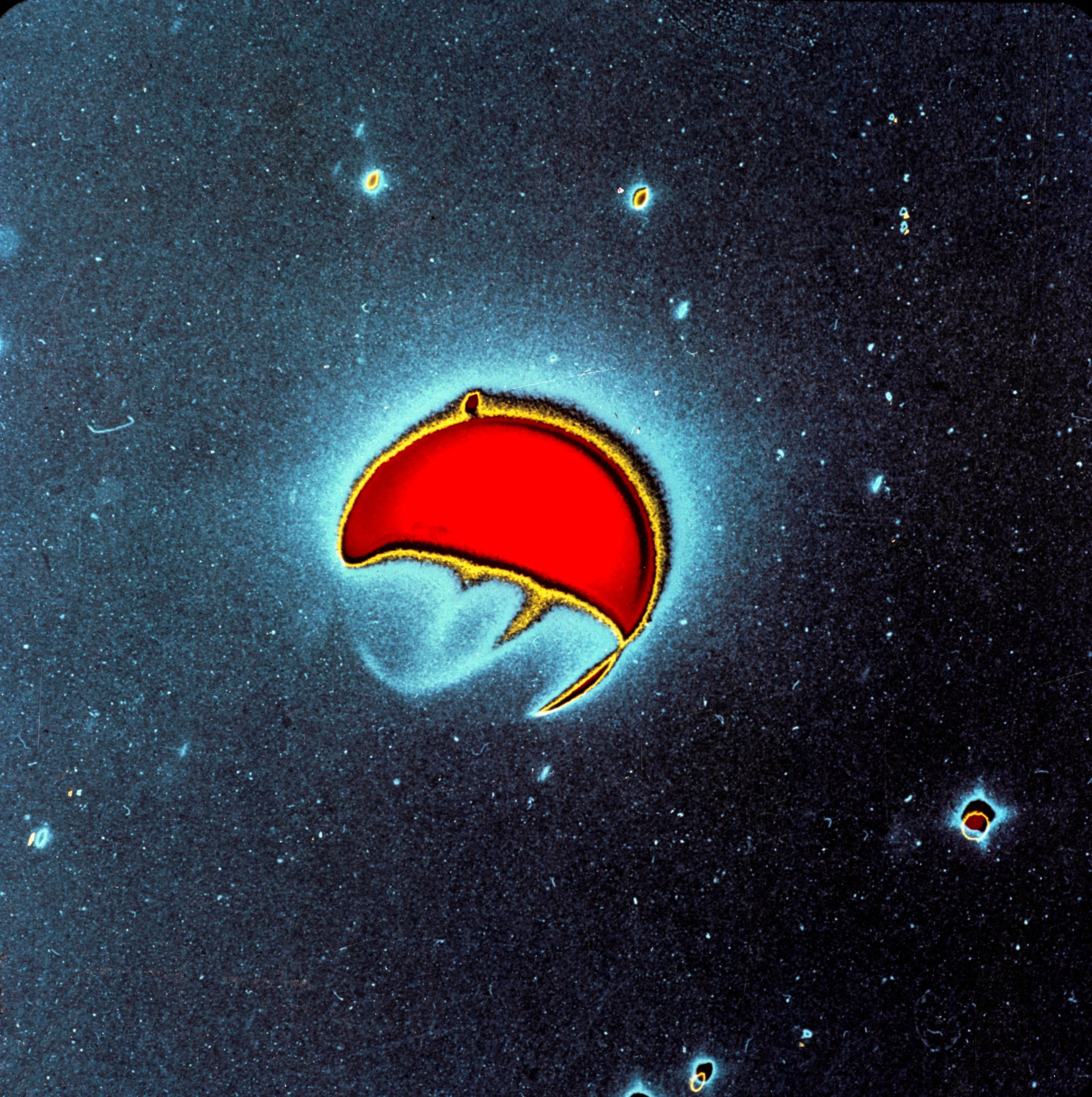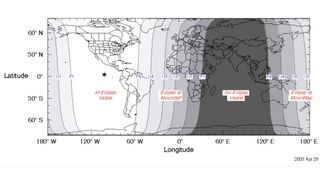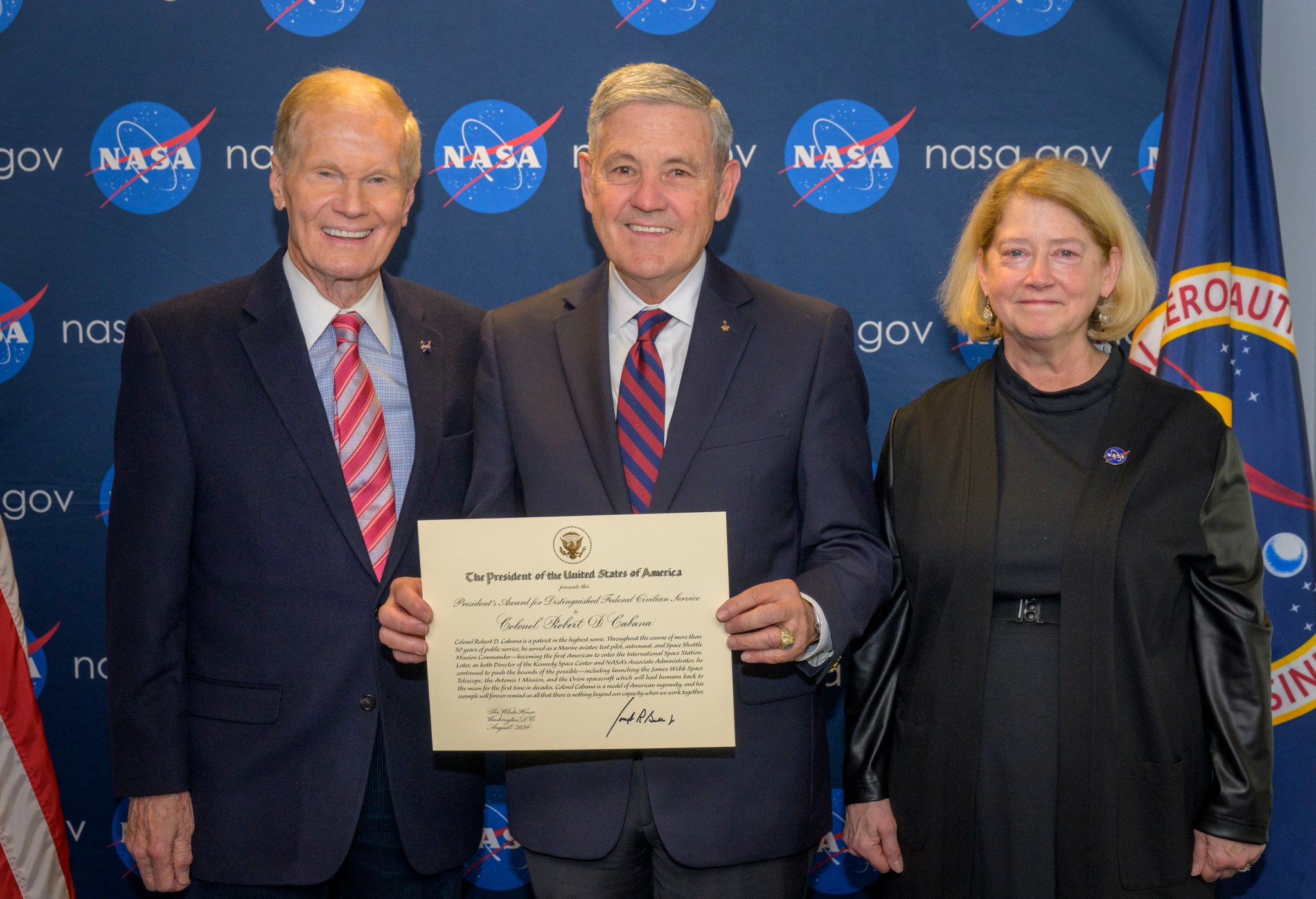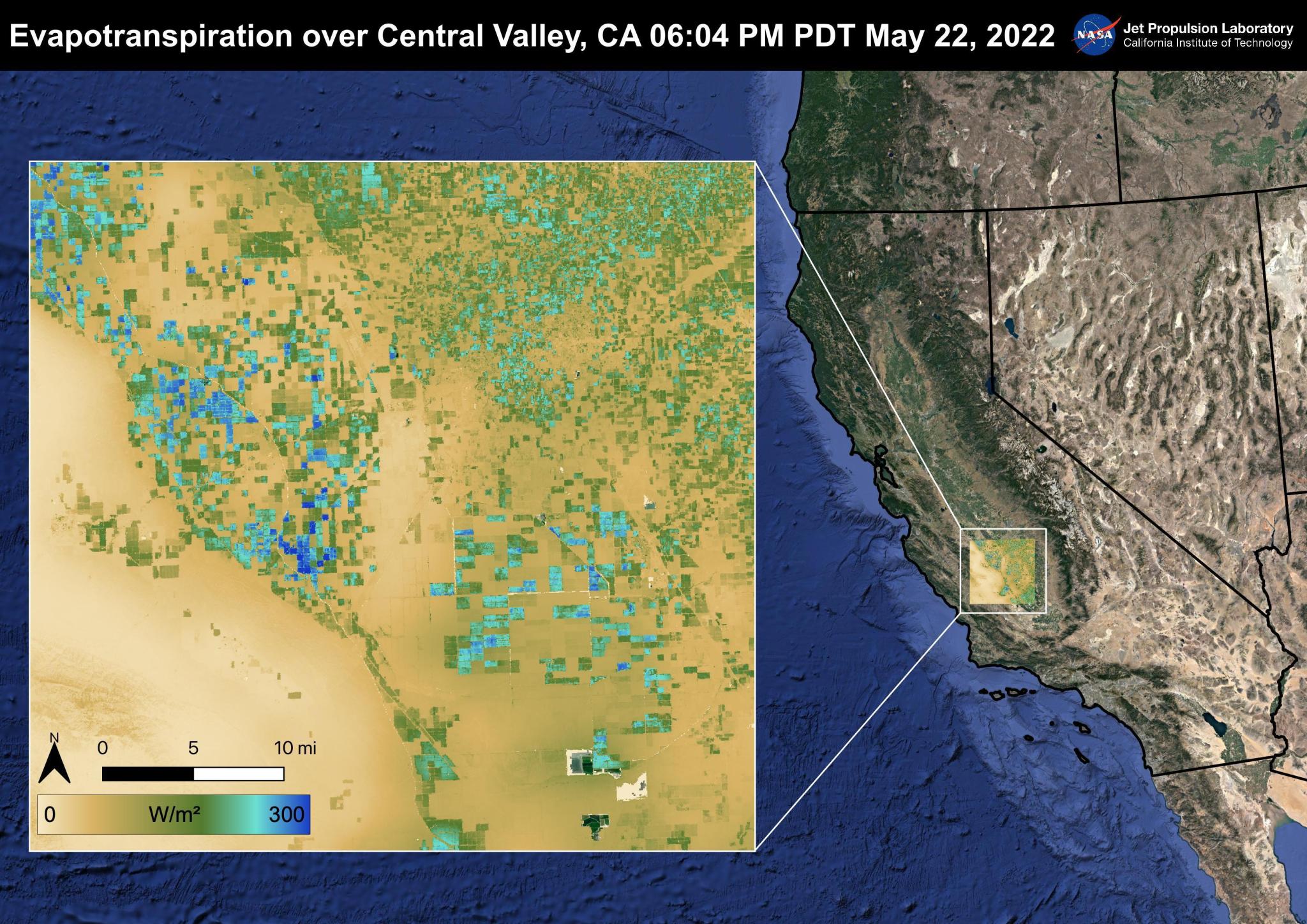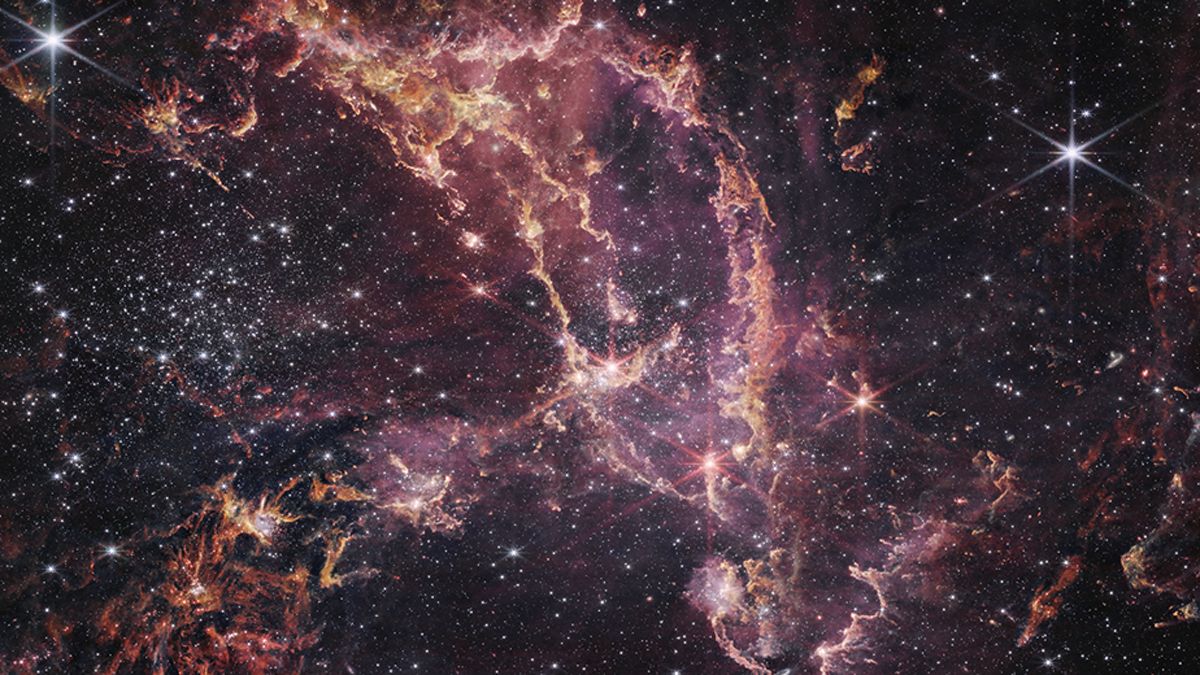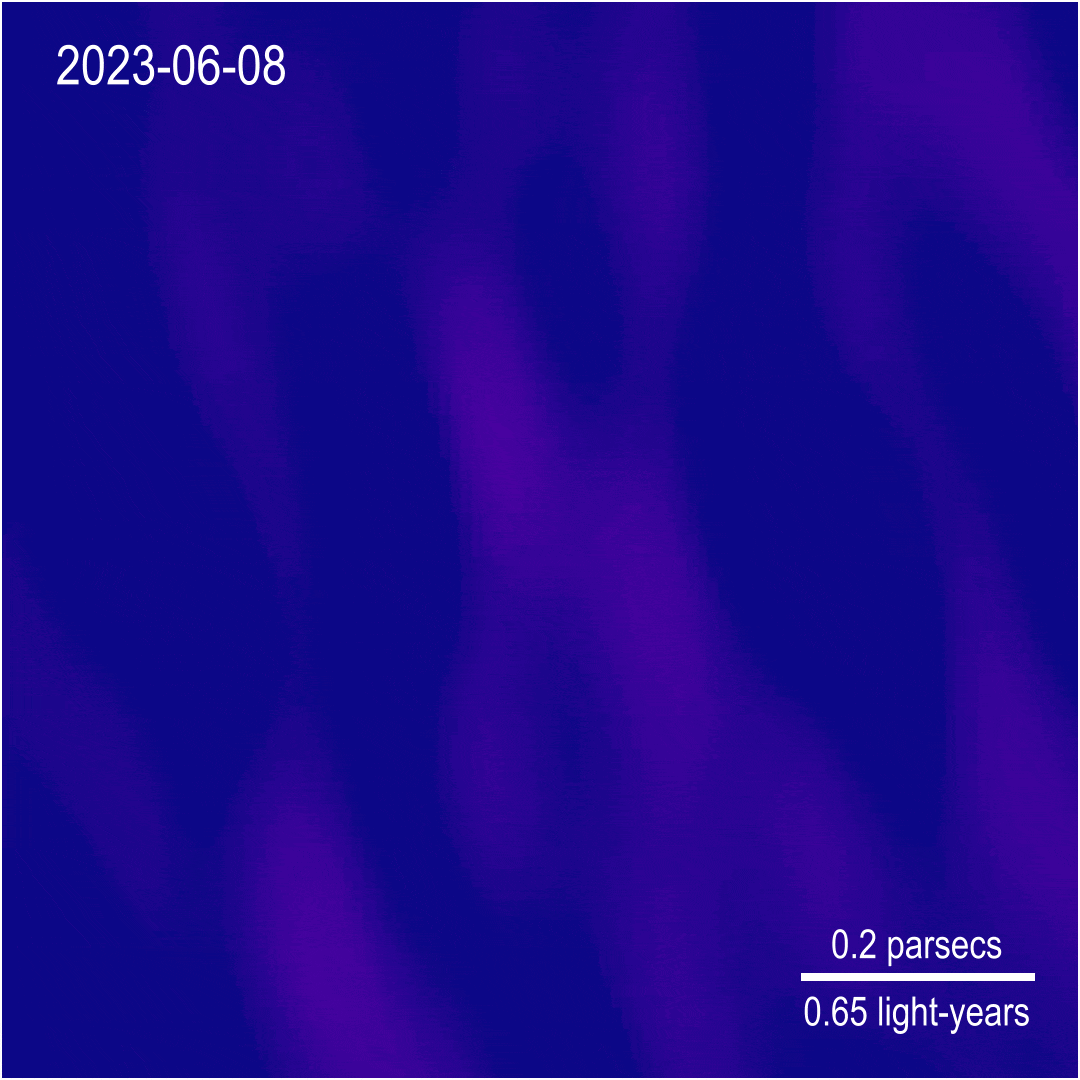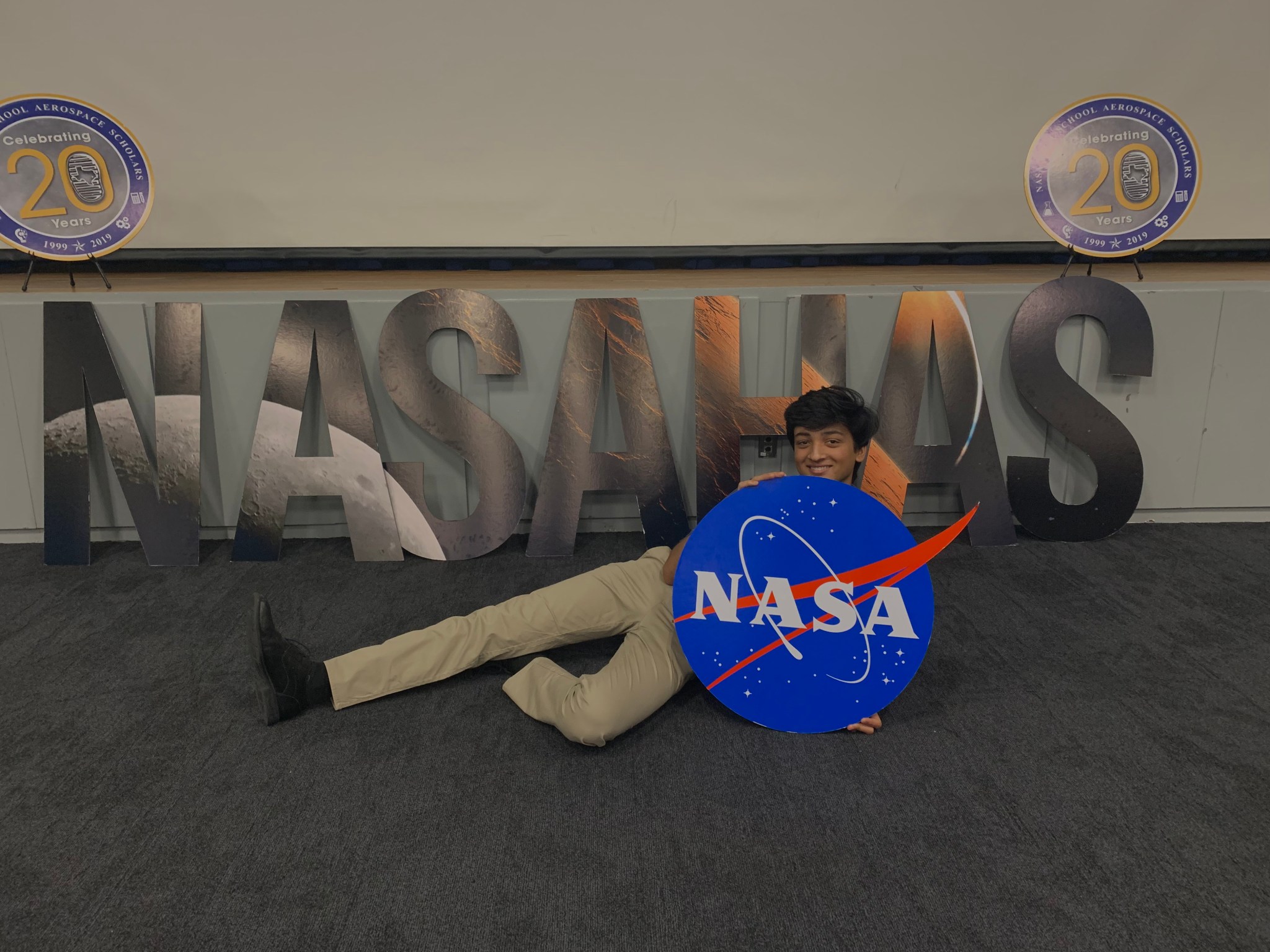Learn Home NASA HEAT Student Activity… Heliophysics Overview Learning Resources Science Activation Teams SME Map Opportunities More Science Activation Stories Citizen Science 3 min read NASA HEAT Student Activity Featured in TIME’s Top 100 Photos of 2024 On April 8, 2024, tens of millions experienced a solar eclipse from Mexico through the United States and into Canada. Astronomers, educators, and organizations had been preparing the public for this grand celestial event. Learning from engagement experiences in 2017, the NASA Heliophysics Education Activation Team (NASA HEAT) promoted an activity called…
Read MoreDay: January 13, 2025
Scientists turn 3 years’ worth of solar flares into audible sound (video)
If you’re more of an auditory learner than a visual one, this timelapse video is for you. (And, well, visual learners will probably love it, too!) The European Space Agency (ESA) has released an audio-visual representation of solar activity over the last three years, pulling data from its Solar Orbiter probe, which it runs with NASA. In the video, we see blue circles popping up across the surface of the sun — and audible tones paired with each of these circles. As time progresses toward the present day, the frequency…
Read MoreEarth in Far-Ultraviolet
NASA On April 21, 1972, NASA astronaut John W. Young, commander of the Apollo 16 mission, took a far-ultraviolet photo of Earth with an ultraviolet camera. Young’s original black-and-white picture was printed on Agfacontour professional film three times, with each exposure recording only one light level. The three light levels were then colored blue (dimmest), green (next brightest), and red (brightest), resulting in the enhanced-color image seen here. Dr. George Carruthers, a scientist at the Naval Research Laboratory, developed the ultraviolet camera – the first Moon-based observatory – for Apollo…
Read MoreTotal lunar eclipse March 2025: When and where to see the next ‘Blood Moon’ lunar eclipse
On the night of March 13-14, 2025, a total lunar eclipse will be visible from Earth, and North America will be in the prime position for the spectacular event, which will also feature a “Blood Moon.” Lunar eclipses happen when Earth is between the sun and a full moon. During the event, the moon moves through Earth’s umbra, the dark center of its shadow. Where will the March 13-14, 2025, total lunar eclipse be visible? The best views will be for those in North and South America. According to Time…
Read MoreFormer NASA Official, Astronaut Bob Cabana Receives Top Civilian Award
NASA Administrator Bill Nelson, left, and Deputy Administrator Pam Melroy, right, present Bob Cabana, who served as a NASA associate administrator, astronaut, and a colonel in the United States Marine Corps, the President’s Award for Distinguished Federal Civilian Service, recognizing his exceptional achievements and public service to the nation, Jan. 10, 2025, at the Mary W. Jackson NASA Headquarters in Washington. The award, signed by President Biden, is the highest honor the federal government can grant to a federal civilian employee. Credit: NASA/Bill Ingalls Robert Cabana, who served as a…
Read MoreStation Science Top News: Jan. 10, 2025
Measurements from space support wildfire risk predictions Researchers demonstrated that data from the International Space Station’s ECOsystem Spaceborne Thermal Radiometer Experiment on Space Station (ECOSTRESS) instrument played a significant role in the ability of machine learning algorithms to predict wildfire susceptibility. This result could help support development of effective strategies for predicting, preventing, monitoring, and managing wildfires. As the frequency and severity of wildfires increases worldwide, experts need reliable models of fire susceptibility to protect public safety and support natural resource planning and risk management. ECOSTRESS measures evapotranspiration, water use…
Read MoreThe 2025 ‘Super Bowl of Astronomy’ kicks off this week in Maryland
Thousands of scientists from around the world are gathered in Maryland this week to discuss new discoveries about the universe and the latest astronomical advancements during the so-called “Super Bowl of astronomy.” The 245th Meeting of the American Astronomical Society, running Jan. 12 to Jan. 16, will feature many of the remarkable findings from the James Webb Space Telescope (JWST), which began observing the cosmos in 2022. The meeting is being held at the Gaylord National Resort & Convention Center in National Harbor, Maryland. The four-day conference will include presentations…
Read MoreAstronomers Catch Unprecedented Features at Brink of Active Black Hole
International teams of astronomers monitoring a supermassive black hole in the heart of a distant galaxy have detected features never seen before using data from NASA missions and other facilities. The features include the launch of a plasma jet moving at nearly one-third the speed of light and unusual, rapid X-ray fluctuations likely arising from near the very edge of the black hole. Radio images of 1ES 1927+654 reveal emerging structures that appear to be jets of plasma erupting from both sides of the galaxy’s central black hole following a…
Read MoreHigh School Aerospace Scholars Propel STEM Leaders Forward
NASA’s Office of STEM Engagement at Johnson Space Center in Houston offers students a unique gateway to opportunity through the High School Aerospace Scholars (HAS) program. The initiative provides Texas juniors with hands-on experience in space exploration, working on projects ranging from rocket building to problem-solving in collaborative teams. The stories of HAS alumni highlight the program’s impact, showcasing how it has opened doors to diverse careers in STEM and inspired graduates to empower others. Johnson Community Engagement Lead Jessica Cordero, who served as the manager of the HAS program…
Read More